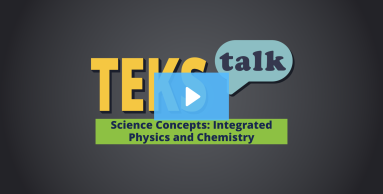
Knowledge and Skills Statement
Research
Solbes, Jordi, Jenaro Guisasola, and Francisco Tarín. "Teaching Energy Conservation as a Unifying Principle in Physics." Journal of Science Education and Technology 18, no. 3 (2009): 265-274. https://link.springer.com/article/10.1007/s10956-009-9149-3
Summary: In this work, the researchers present the design and assessment of a teaching sequence aimed at introducing the principle of energy conservation at the post-compulsory secondary school level (16–18 year olds). The proposal is based on the result of research into teaching-learning difficulties and on the analysis of the physics framework. Evidence is shown that this teaching sequence, together with the methodology used in the classroom, may result in students having a better grasp of the principle of energy conservation.
Research
Khalidi, Rana, and John Ramsey. "The Come Back Can: A Science Activity about Conservation of Energy." Science Scope 40, no. 4 (2016) 14+. https://www.jstor.org/stable/i24894124.
Summary: This article describes a science activity that can be used to demonstrate the law of conservation of energy. The Come Back Can activity engages students in inquiry as they observe and infer the Come Back Can's discrepant behavior. They then create a conceptual model of the hidden mechanism and the science concepts of the Come Back Can. Finally, students use problem-solving to test their conceptual models as they construct a Come Back Can and analyze its behavior.
